I want to design a software and I have a question about my relations.
Consider I have a table named 'orderItem'. I want to save relation to my products, but I have several categories of product, each in a distinct table (e.g.: Tours, Tickets, Hotels).
My question is: how to implement this?
Using 'productId' and 'type' to find which table used or for each table create new field and create foreign keys and just save current product relation in one of them and let others null?
Thank you?

